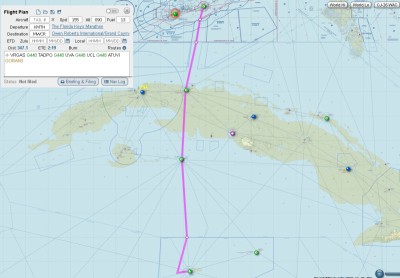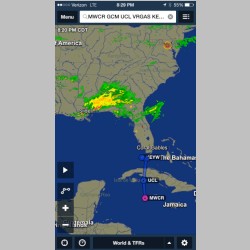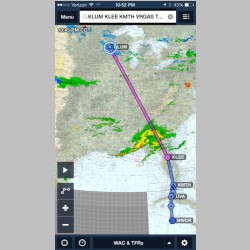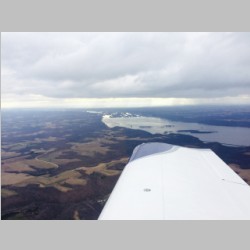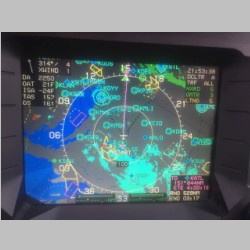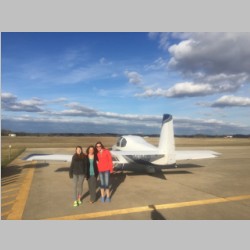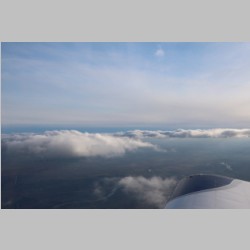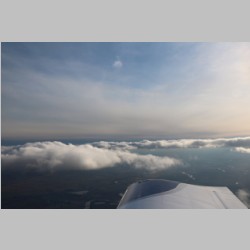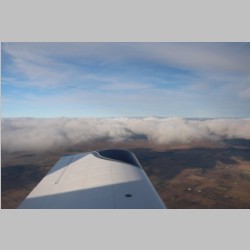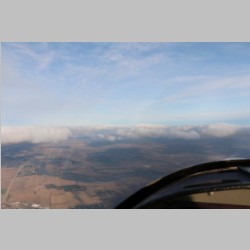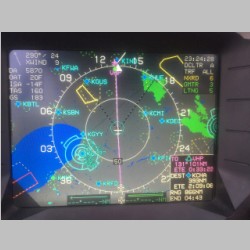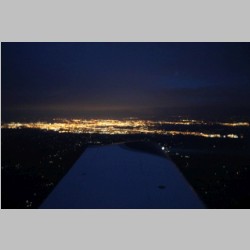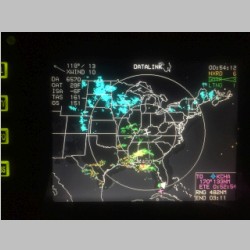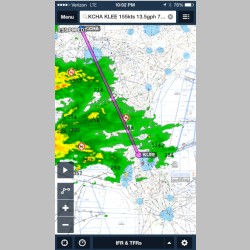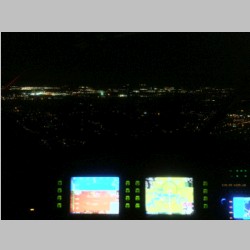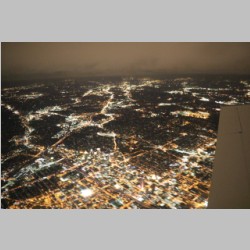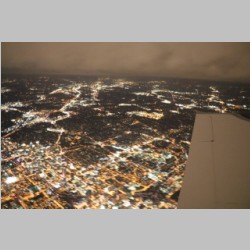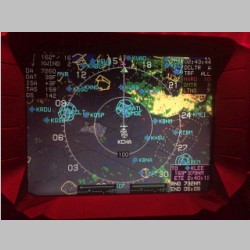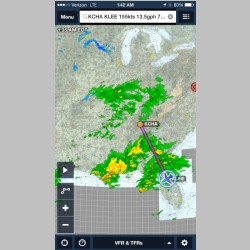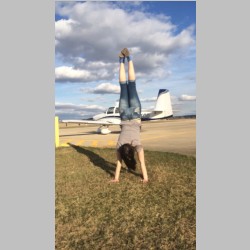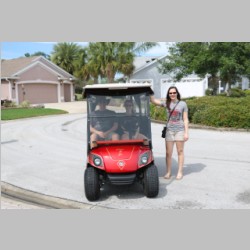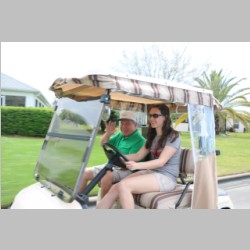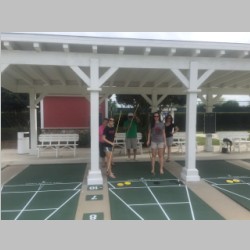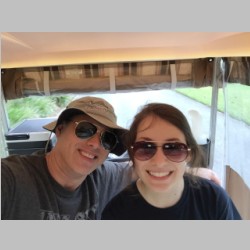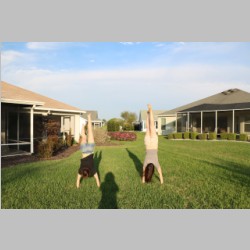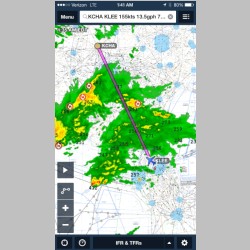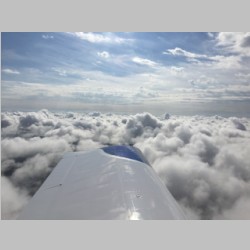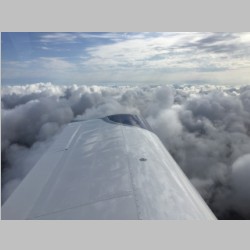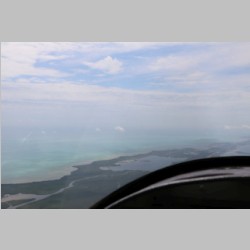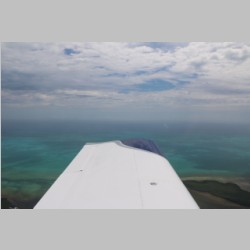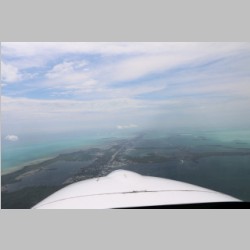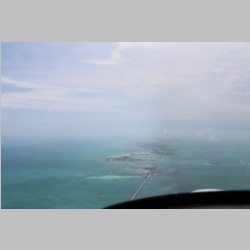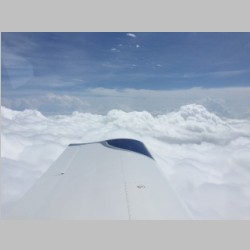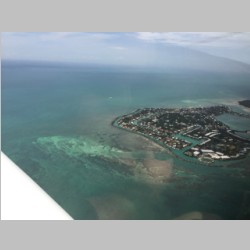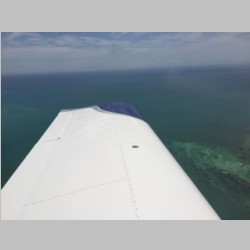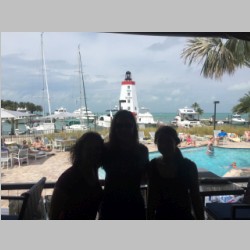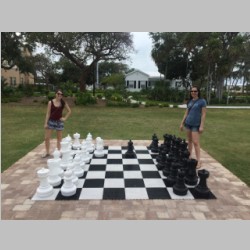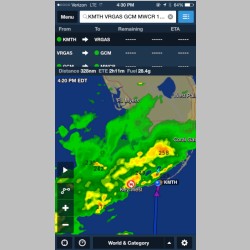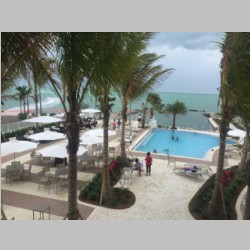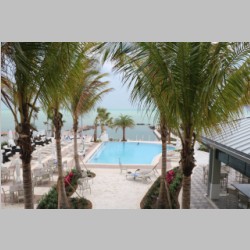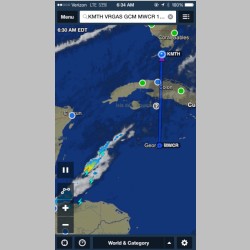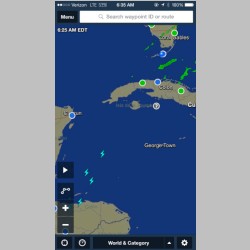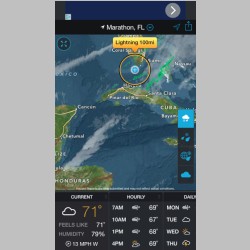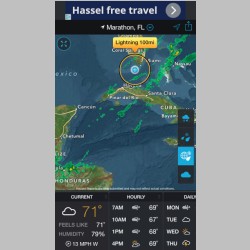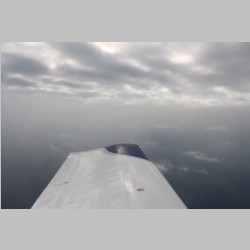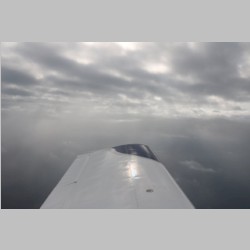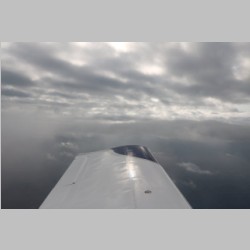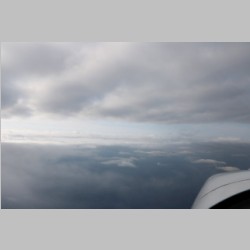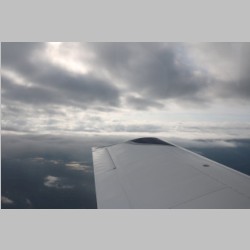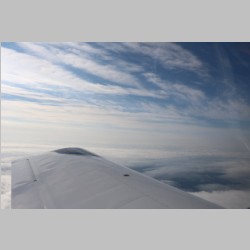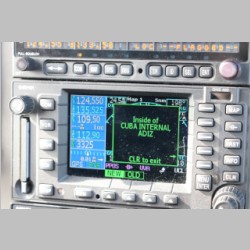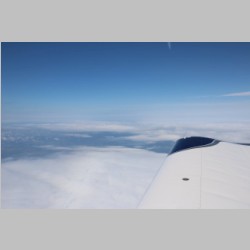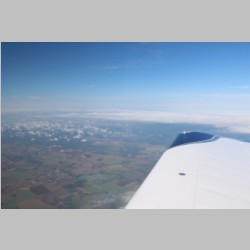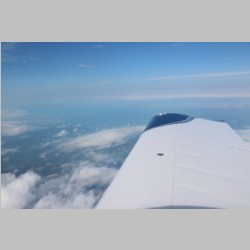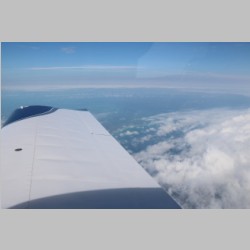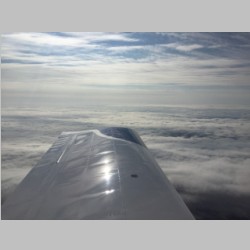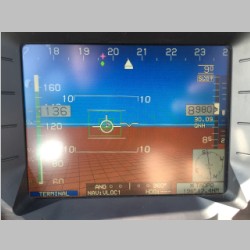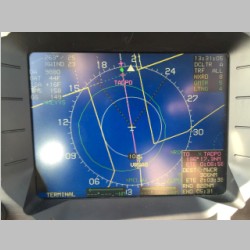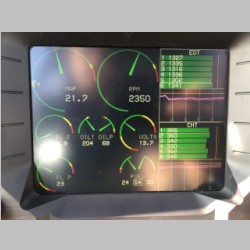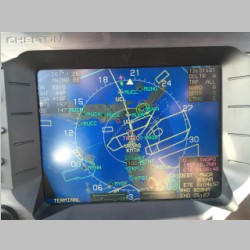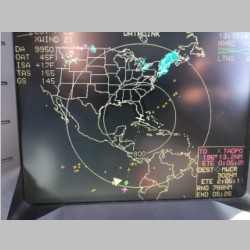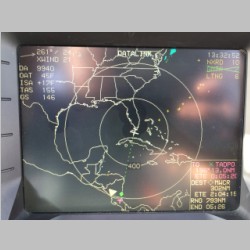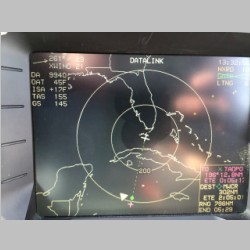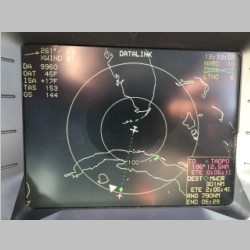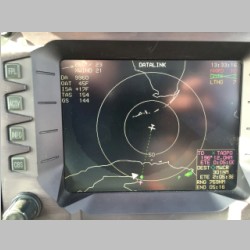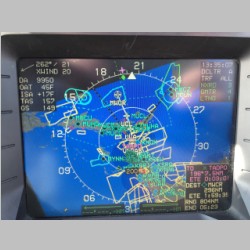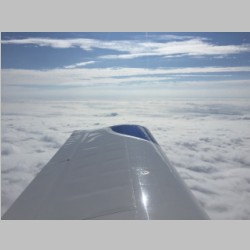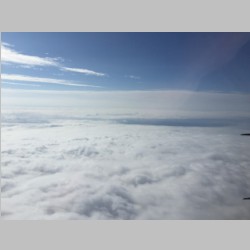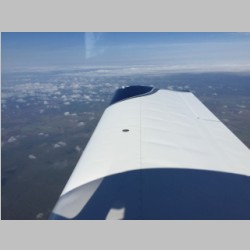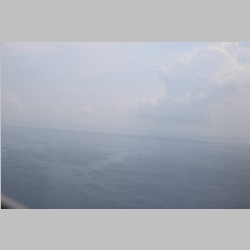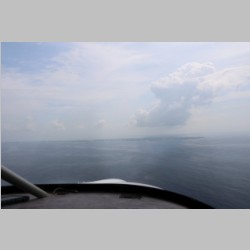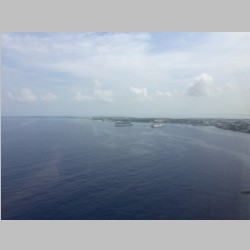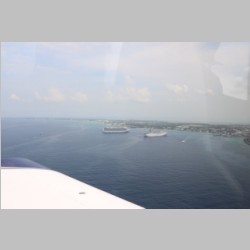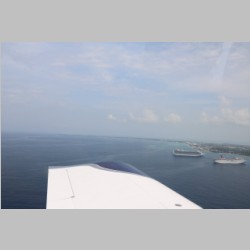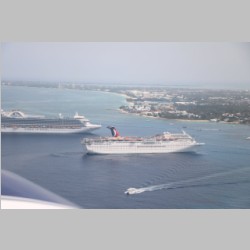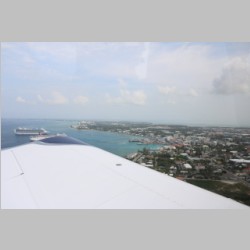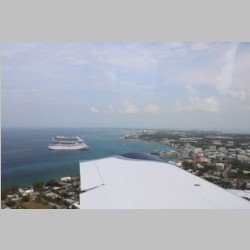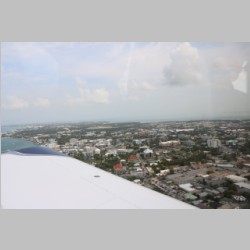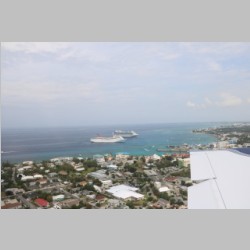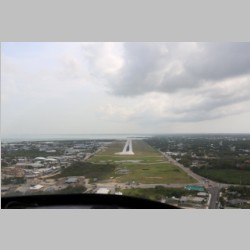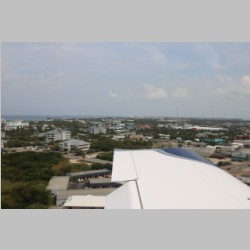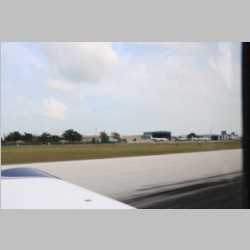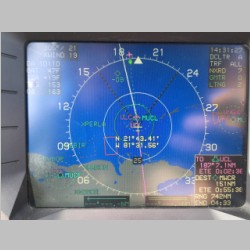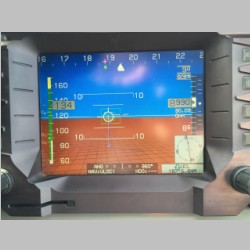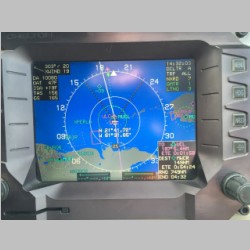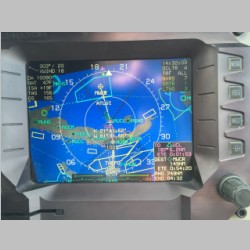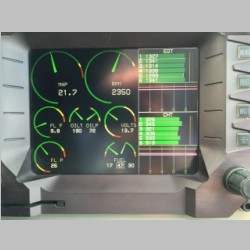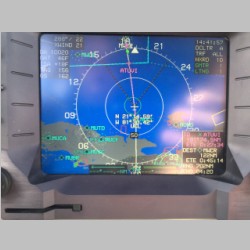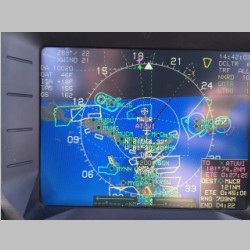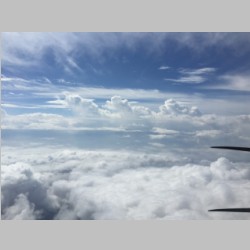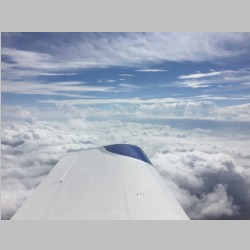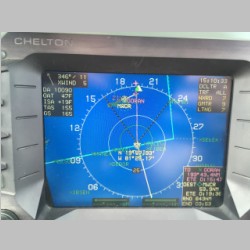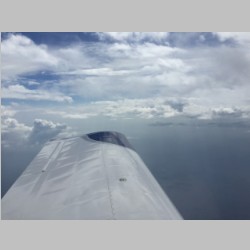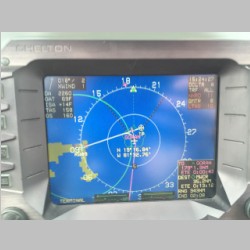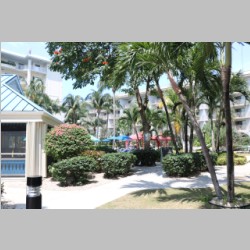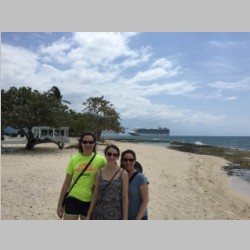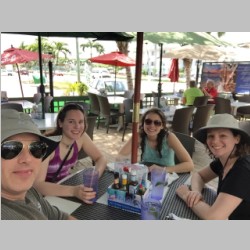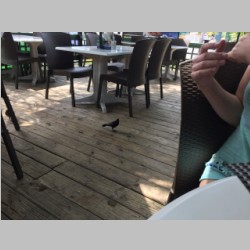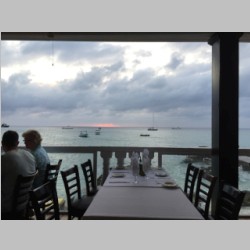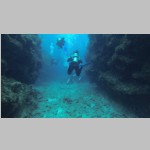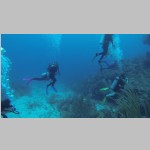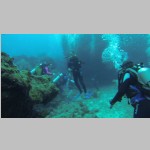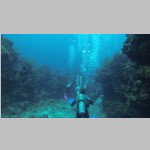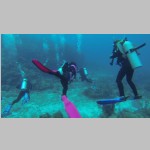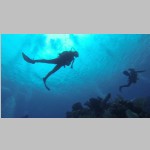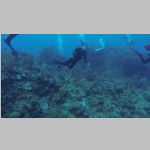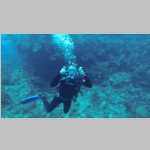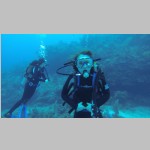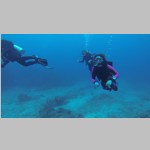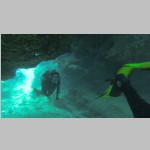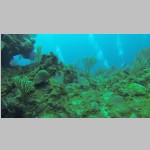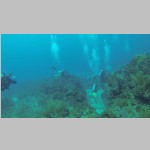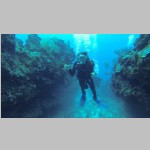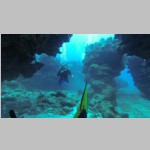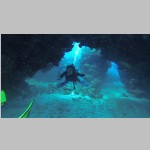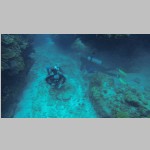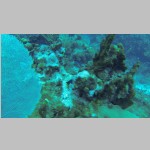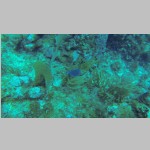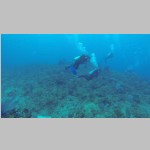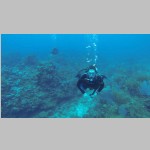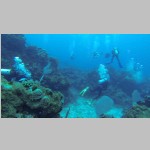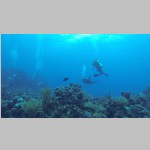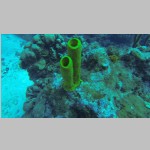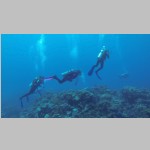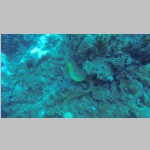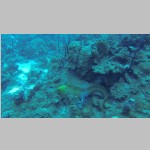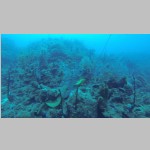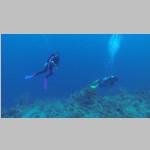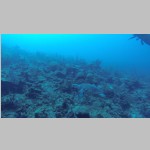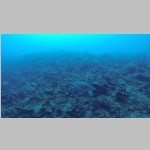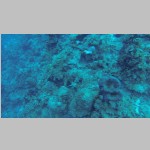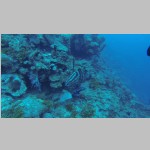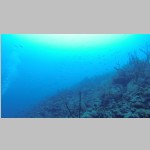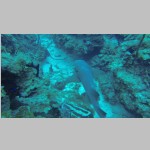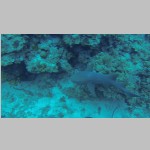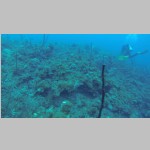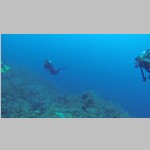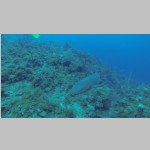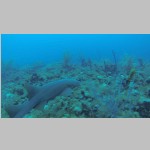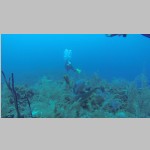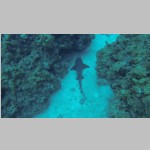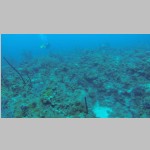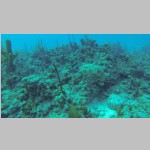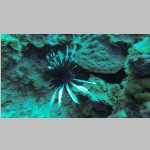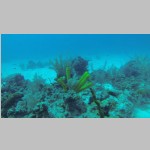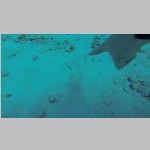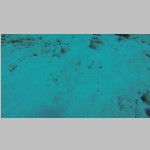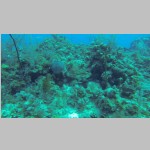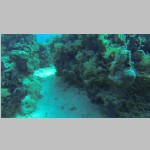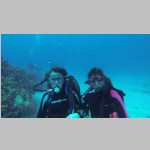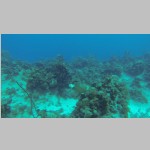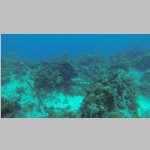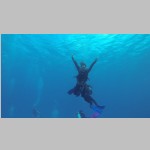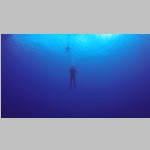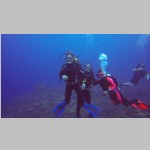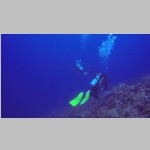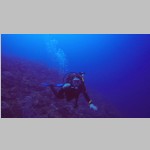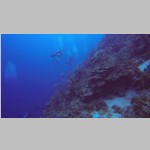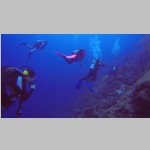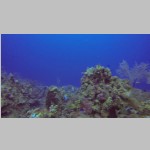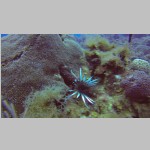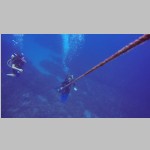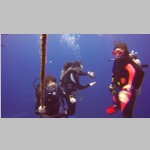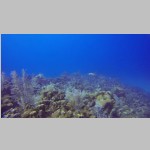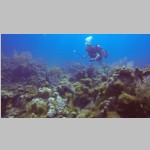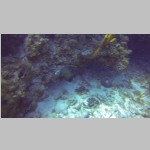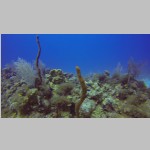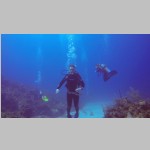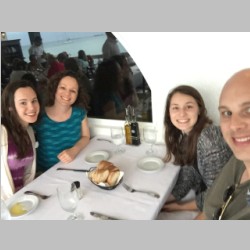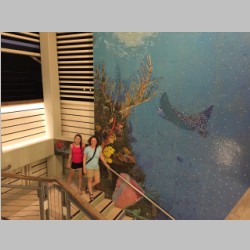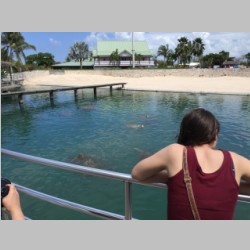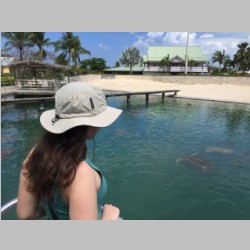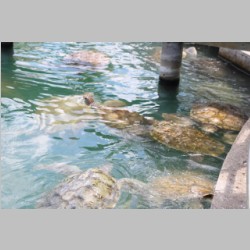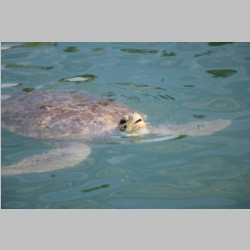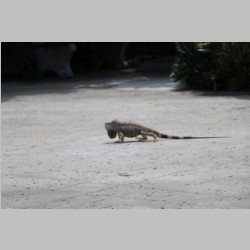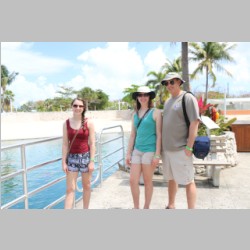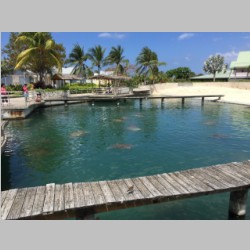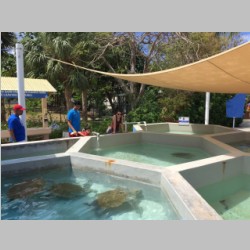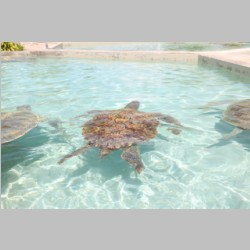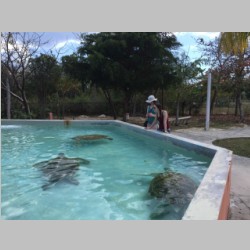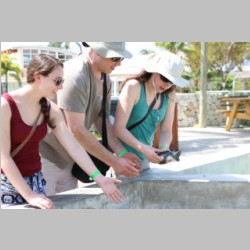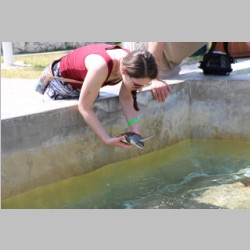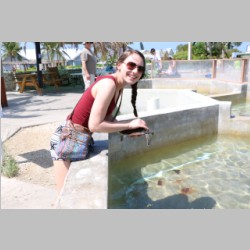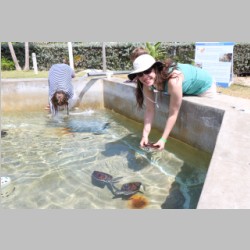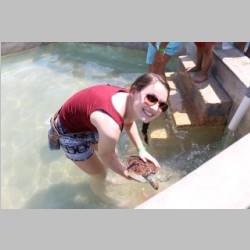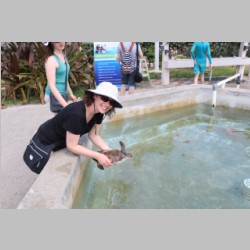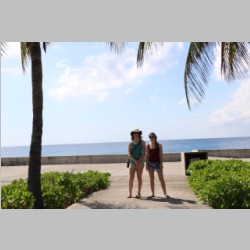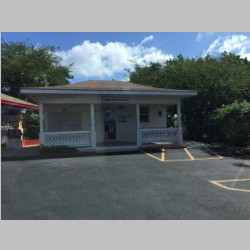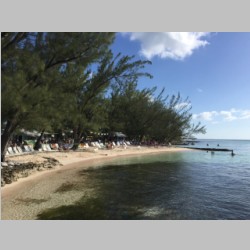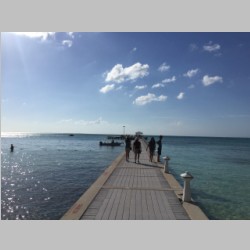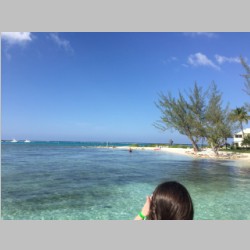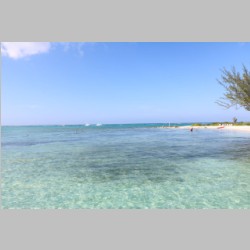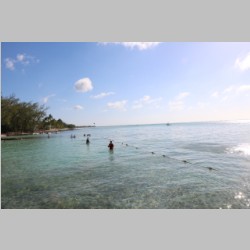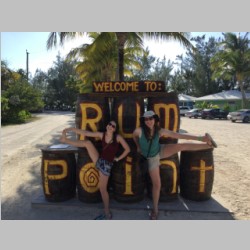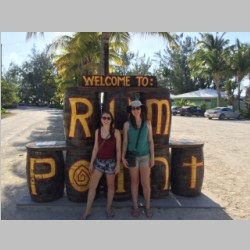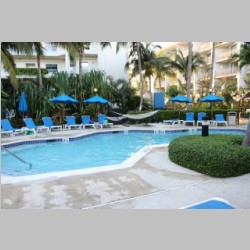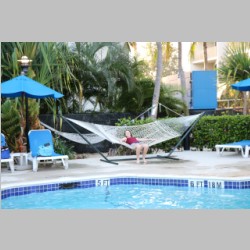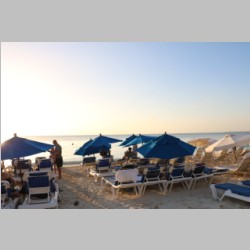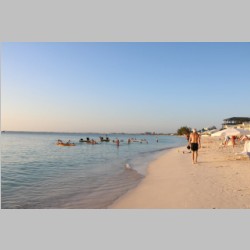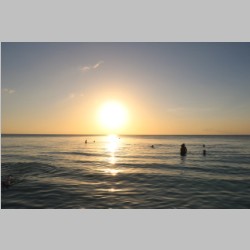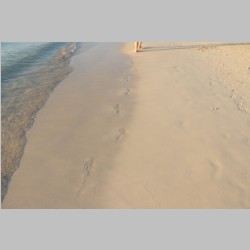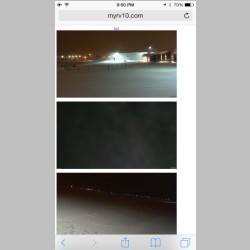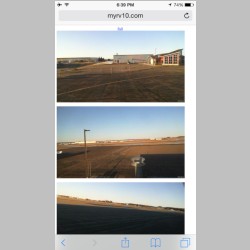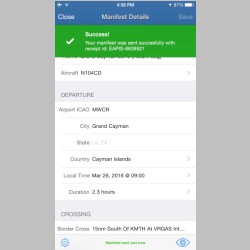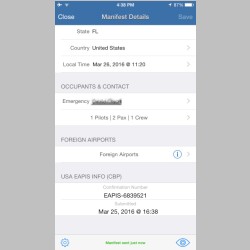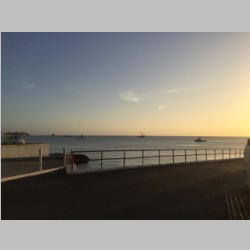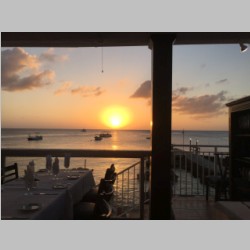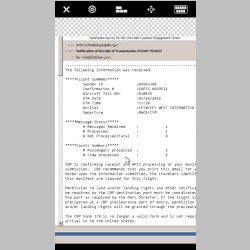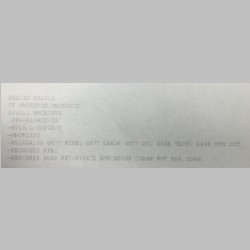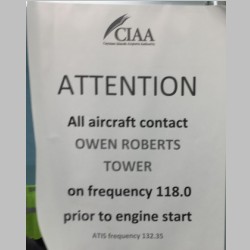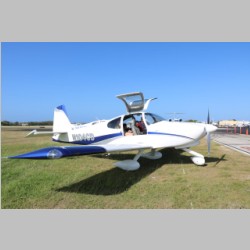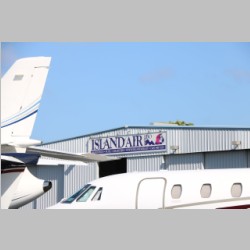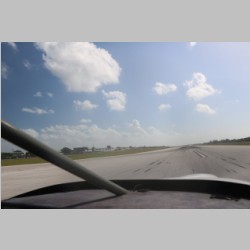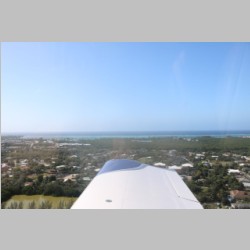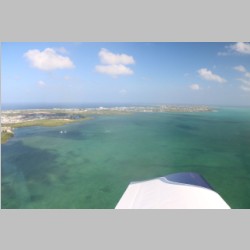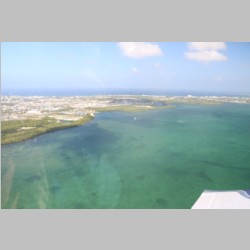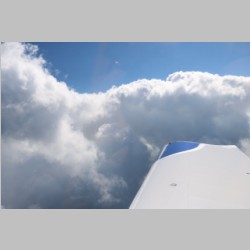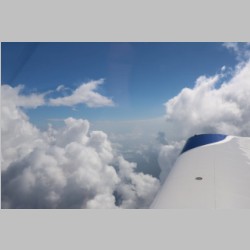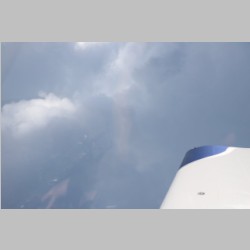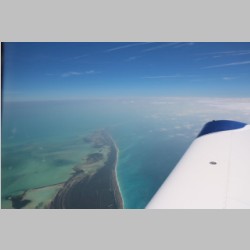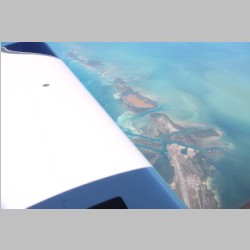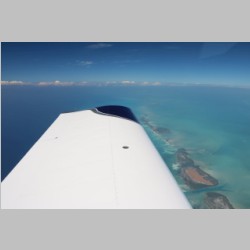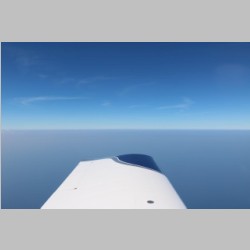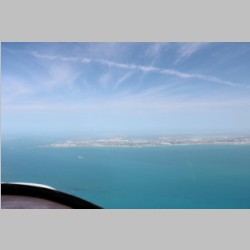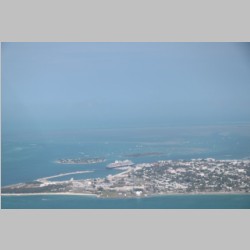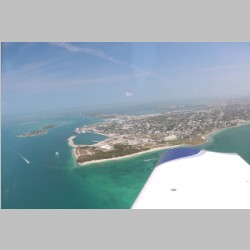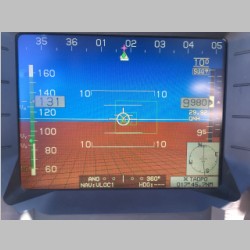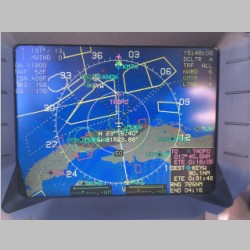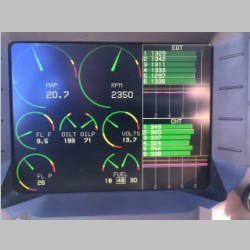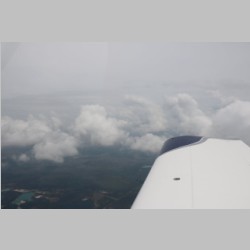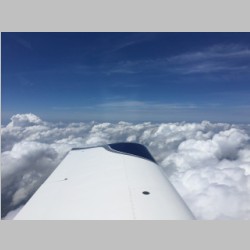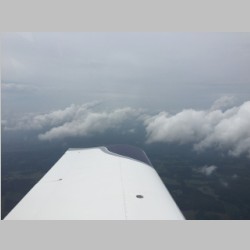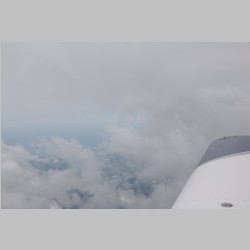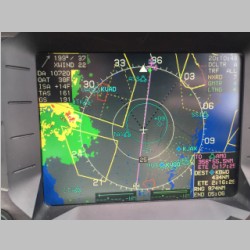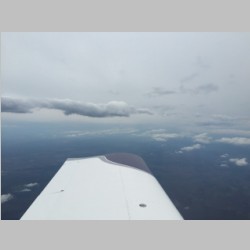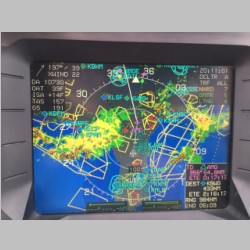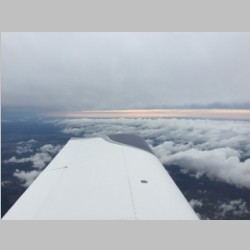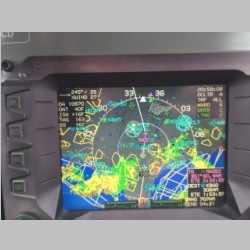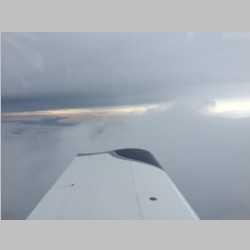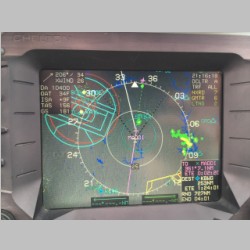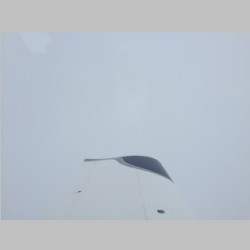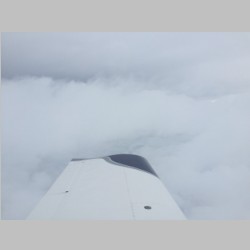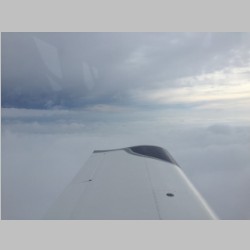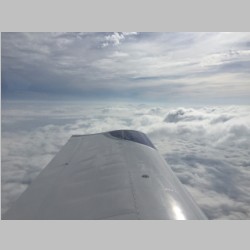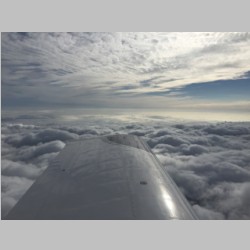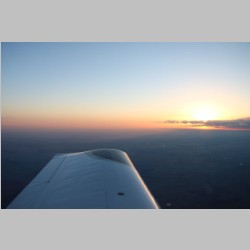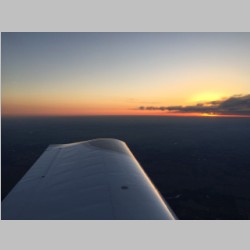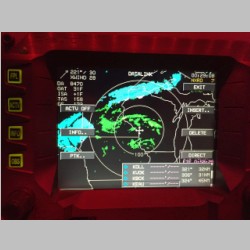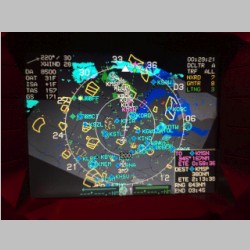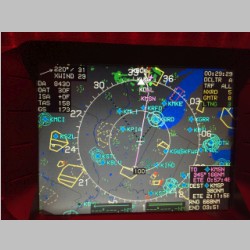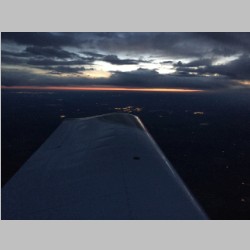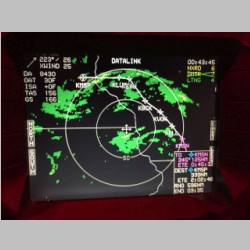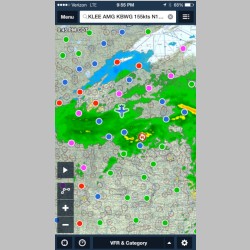Cayman Islands 2016
Completed 3/2016
After last year's disappointing year of poor diving weather in
the Bahamas, I was really interested in making 2016 the year for
a great SCUBA diving vacation. The Bahamas has some
fantastic diving, but I wanted to get somewhere that would
definitely be warm in March, and offer year-round good
diving. Having been to the Cayman Islands 27 years ago, I
knew that the Caymans offered some pretty great diving.
And being a pilot, I've always heard of the "Cayman Caravan",
which means that small GA airplanes actually can get there, so I
decided that should be it. I waited far too long into 2016
to even book anything on this trip. I had been busy at
work all day and busy building the RV-14 many nights, so I
hadn't had any real amount of time to research the trip.
It got so hard to get time to plan that I almost threw in the
towel and went to the Bahamas again...something that I'm now
confident that I can throw together pretty easily. But
what turned it around for me was when I took a half hour to
check out Caribbean
Flying Adventures. If you are doing any googling of
terms like "Cuban Overflight" or almost anything related to
flying GA airplanes in the Caribbean, you will end up on that
website. It's run by a guy named Jim that was very helpful
for me. Keep in mind that when I was planning this trip,
it was January, and we flew there in March...so I had no idea if
hotels, dive operators, or anything else would be available with
the Spring Break rush. This was also the first year that
our kids have ever had a true "Spring Break". Our school
system is great, but they are ignorant...they don't realize that
if you don't plan a week off in the spring, people will pull
their kids out at random times. This year they finally did
it, which gave us one single target week for the spring.
(and sadly, next year they are not doing it again)
At any rate, I decided to call Jim at Caribbean Flying
Adventures, and just ask some questions. He usually runs
Cayman Caravan trips, and also does trips to Bahamas, Dominican
Republic, Puerto Rico, and more recently, Cuba. So if
there is anyone who knows their way around, it's Jim. He
assured me that flying to the Caymans would be easy, and fairly
hassle free. He also offers a huge benefit that is very
worthwhile. If you pay the $40 annual fee for his website's
members area, he will give you for $Free$, one Cuban Overflight
permit. Although I'm not sure if the permit actually costs
any money if you're a private, recreational GA pilot, flying
your own plane, and it's < 6,600lbs gross weight, he will get
you one round trip permit per year if you are a member. If
you fall into any of the categories that require a paid-for
permit, it requires a wire transfer in Euros to a bank in Panama
through a bank in Germany, and wire transfer frees alone can add
a lot of cost to the permit. As I said though, I don't
know if my permit would have had any fees, but by paying my $40,
I felt good to be able to get my free permit, and call Jim a few
times with my dumb questions. So if you're going, just get
the membership and make it easy on yourself.
Although we've done the Bahamas many times now without a life raft, we thought it would be a good idea for this trip. First of all, the Bahamas are maybe 90 miles max between mainland and islands. Shorter if you count the island of Bimini which is right under you as you cross. So maybe 50 miles is about all you have to really be, away form land, at any point. For the crossing to the caymans, you have maybe 90 miles to Cuba, and then after crossing Cuba's mainland, there's one small island you hop over to, but then it's a bit over 130nm to the Caymans, with nothing out there. And when you think about it, for the initial portion of the trip to Cuba, you are still at least near where the U.S. Coast Guard would potentially look for you. Once you cross Cuba, you're probably going to be dealt with by Cuban Coast Guard, or maybe Caymans, and they may not have quite the level of equipment to get there as quickly and accurately. So you need to be ready to be in the water for a while. (Incidentally, one of the dive operators told us that the week that we were in Caymans, a family on a boat "went missing" and hasn't yet been found. The Cayman police boats are Hurricane capable boats, capable of being flipped upside down and righting themselves again, traveling into hurricane seas....yet he said they refused to go out and find the family because the water was too rough. And when we were there, it was barely rough at all, even on the worst side of the island it was not that large for waves...so you can't necessarily trust the Police or Coast Guard to get you in some countries. In fact, even in the U.S. I have been stranded in Lake Superior, 35 miles from the mainland, and the U.S. Coast Guard refused to come help...because we were stranded, but alive and our life wasn't yet in danger. Why do we pay taxes for their support if they aren't willing to help us unless our lives are in imminent danger?
The normal solution to this "keep yourself afloat" is to 1) have life vests (which we always do on water trips), and 2) carry a life raft. This is much more complicated and expensive than you would think. Do the research and you'll find out. The smallest and lightest life raft we could buy, was $1200, and was the Revere Coastal Compact 4, designed NOT for open seas but calm coastal waters and lakes. It was un-covered, and less heavy duty. It was also 16lbs (if you get it with no canopy) and is 16.5"x13"x5" (Roughly the size of 2 briefcases taped together) Keep in mind that this is the LIGHTEST and smallest you can buy, and also one of the very cheapest. If you truly went up to a model that was covered, and double tubed, rated for open ocean, you're looking at a raft that will probably cost $5000-6000 minimum and will be much larger and weigh more like 60-70lbs. Given that we had 4 people, with SCUBA gear for 4, and the most minimal luggage we ever packed, this just wasn't going to work. To be accessible, you'd have to carry the raft on someone lap. If it were in the back seat, you'd have to consider "How am I going to get this out of the plane?" if you need it. So it would have to be kept up front. I mocked up a block of foam the size of the $1200 raft with 16lbs of lead in it, and handed it to my wife, and said "Hold this once.". She got the point immediately that it wasn't something that she'd want to carry on her lap the whole way.
So what then? I mean, if you think about it, your #1 goal is to stay afloat. #2, stay out of the water so you don't get cold. After that it's still life-threatening, but less urgent...you have things like 3) Keep out of the sun, and 4) keep hydrated, and 5) have food available, and 6) have communication. Break it down and your mind starts to think it through further. I mean, if you had a $20 kids life raft, would that not keep you afloat? Or even your queen sized air bed at home...? Honestly, for small GA airplanes, I'm not so sure that "certification" of a life raft is a worthwhile, or even a desirable thing. Just as certified planes add an enormous additional cost over experimental planes, yet often provide LESS performance and safety than what a brand new well-built homebuilt would provide, I had to think there was another option for rafts as well. Something that could keep you alive, yet trim off the frills. Considering that we already will be wearing life vests (if we survived the crash), I'm plenty happy to spend my many hours of waiting for help, blowing up by mouth...which saves a bunch of added weight in the inflator mechanism. And, I am ok to live without ballast like some rafts have. If you've been to a water park, you know that an un-ballasted waterslide raft would be better than nothing while on the ocean. I started googling "lightweight raft" and came across a new term to me. "Pack Raft". Yes, this was what I was looking for. A lightweight, back-packable, raft! Something that a person could use to stay afloat, but at minimal weight and size. We read reviews, looked at prices, and decided to go with these...much more bang for the buck. These are the Klymit Light Water Dinghy...a 35oz raft that is about 10" long, in a 5-6" diameter roll. That's just over 2lbs per person if you bought 4, and, we're pretty sure that we could put 2 people in one, in a pinch, at least for the small people. They're made for class 2 rapids or calmer, for getting down or across rivers while you backpack. Having spent some of my youth hanging on to a tube behind a boat that was trying to throw me off, I knew that this would be good enough for me to stay afloat on the open ocean. So we bought 3 of them. They were approximately $150 each. If this company only made a 4 person, no frills, round raft, I would buy it in a heartbeat. I'm sure it would be cheap, light, and work just fine. It gives you the ability to have something small enough that you can put one in each lap, and have everyone take their own raft with them as they exit the plane. Now you won't have the situation where maybe 2 or 3 people survive the crash, but the 4th person was required in order to get the one raft out of the plane, also. And, they came in orange, to be easily spotted by air.
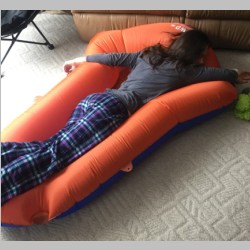 |
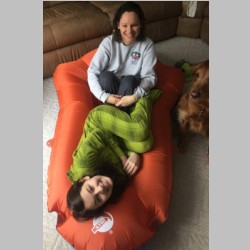 |
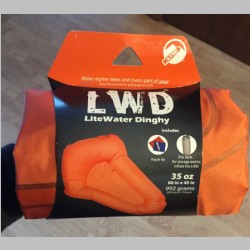 |
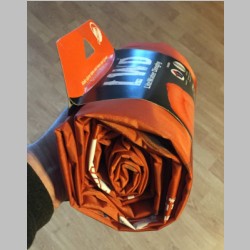 |
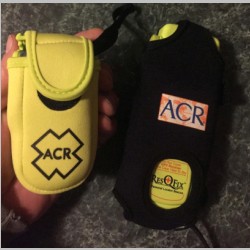 |
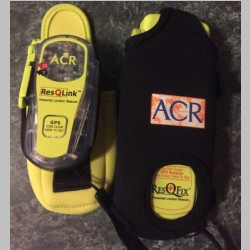 |
With the raft out of the way, it was time to dig up my ACR PLB from 2007. It's been in the plane since we bought it. The batteries are supposed to be changed every 5 years (although being long-life lithium CR123A batteries, I'm guessing that if you don't use it, it'll last longer than that in a pinch...at least it's not likely to be useless). I had never replaced the batteries, and these days there are smaller/lighter units available, so I decided since I'm going to have 2 planes anyway, I'd buy a new one for the RV-10. I got the ACR ResQlink...the NON-Plus model. The Plus model advertises as "floating", but some users say the non-plus also floats (although maybe it depends on fresh vs. salt water), and it's thinner and smaller packing. Also, they have neoprene cases to make them float, and I figured I wouldn't want to be without the case anyway, because these are going to get tossed in the baggage area, and I want them protected. So I opted for the smaller/lighter non-plus model, with a bright yellow pouch to protect it and float it. As for my old one, battery replacement is an obscene $135-150. It's just 2 packs of 3 CR123A batteries, with spot-weld tabs making a stick of 3 batteries. I can have 2 packs custom made for about $50-60. Too bad I can't spot-weld them, because the batteries themselves I can buy for about $15 for all. Once I get fresh batteries in that one, it'll be ready to go into the RV-14...but I think PLB's are definitely something to have. Just remember, you MUST register them every 2 years. I still have my SPOT, but I refuse to pay their price of $100 for something I may want to use one week a year. I'd gladly pay $25 a month though, if I could go in one month subscriptions, for a trip like this. Too bad SPOT just doesn't get that. APRS won't be of much use once you get away from the mainland, as it relies on HAM radio's being able to hear your transmission...so we don't expect that to work on Bahamas flights.
One more note about ditching and survival...
This trip did mess me up a little at times, when pondering the
whole water-landing thing in an RV-10, I kept picturing it over
and over, trying to figure out how in the heck all 4 people
could easily survive in an RV-10 water crash. It's almost
a guarantee that you'd be upside down after you hit the
water. And with that, you now have 2 kids in the back seat
and 2 people up front, who are instantly hanging from seat
belts. If everyone is lucky and conscious, great,
but... Consider the doors. If you DID open the doors
before you crashed, the water will flood the cabin almost
immediately. So you may be conscious, upside down, with your
head under water, unable to see your PLB or life raft or other
people. Now you have to unbuckle and exit, which is easy
if you're up front. But if you're in the back you have to find
your way thru the little gap behind the front seats, or figure
out where the seat release is, while you're upside down, so you
can tilt it forward....IF the fat guy up front is out of your
way. So being in the back could be a real challenge.
Now, you COULD try to kick out the windows, but from what I've
seen of that window sealant, that won't be easy. You COULD
carry an escape hammer with a pointed tip to break the plex, but
are you going to get one for each person in the back
seats? So I just am not so confident that those in the
back would survive, without a lot of luck. And, being a
parent in the front seat, you know how it goes...there's no way
I'm leaving the plane without knowing that the kids in the back
are coming out too. In fact, I'd say that if I didn't know
the kids would make it, I'd probably rather stay with the plane
anyway...it would be easier on me that way. The RV-14
should be a little friendlier from an escape standpoint,
provided you do carry an escape hammer. The bubble canopy
would be pretty easy to break thru I bet. Now, if you
could keep the RV-10 upright in the water, that changes
everything. But from everything I've read, that will be
tough. All in all, I hate to throw these comments in
there, but, if you travel with kids, you should probably take an
honest thought about it and try to use your thoughts to plan and
train accordingly. We've always explained the exit process
(upside down and under water) to the kids, and had them
visualize it. But for some reason on this trip, being the
only plane, it was just more important to me that it goes right.
And one last note about Cuban Overflight and the
Caymans...
One thing caught me off guard on this trip, right off the
bat. Whereas in the Bahamas, we've never really had to do
IFR flights, and VFR is always an option, when overflying Cuba
you are required to file an IFR flight plan. Sure, you
say, this is just the flight plan you file...but, keep in mind
that an IFR flight plan means you are expected to be able to fly
in IMC and take routing directions precisely from Cuban
ATC. This means nearly 300nm of non-US based ATC. I
found out for sure that Cuban controllers are not nearly as
understanding of anything you may request. It is much
easier to have mis-communication with these foreign controllers,
and you should NOT count on being able to do the flight without
encountering IMC. They will want you high, and level, and
you will very likely have times when you will penetrate either
layers, or individual clouds. This definitely turned out
to be the case for us. Additionally, Grand Cayman has one
runway, and it is very busy. There are, in fact, higher landing
fees for landing during some portions of the day, due to
traffic. As we flew over, we were constantly hearing large
airliners flying the IFR arrival and approaches into Grand
Cayman...and you should be prepared to fly IFR Arrivals (a.k.a.
STARs), and IFR Departures (a.k.a. SIDs), and instrument
approaches into Grand Cayman. In our case, we were still
required to fly to one of the IFR approach fixes for the flight
in, even though by that time we were VFR and in eyesight of the
island.
Now on to the trip!
